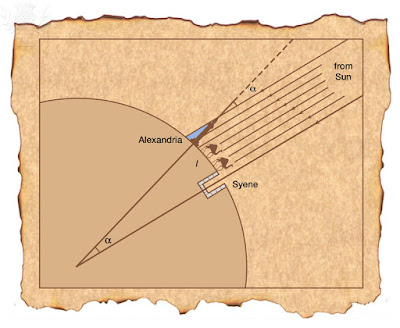If the United States is a nation of immigrants, then Jordan is a nation of refugees. While exact numbers are hard to pin down, about one third of the Jordanian population are refugees. This includes people of 44 different nationalities including large numbers of Palestinians, Iraqis, and Syrians. When I take a taxi, I often ask where the driver is from. While most answer Jordan, when asked about their background it is the rare driver who is "Jordanian Jordanian" as opposed to "Palestinian Jordanian". I play frisbee and soccer with young refugee girls from Iraq and Syria and of my six students last semester, two were refugees.
The refugee presence affects life here in both large and small ways. One of the best symbols of the influence was the bedouin tents in the Dana Biosphere Reserve. The Bedouin have lived in the region for generations and most live a traditional lifestyle. As the seasons change, they move their tents to take advantage of weather patterns. They sip sweet tea while herding goats and sheep and at night they sleep on the ground as they always have. But instead of being made of traditional goat hair which would need to be rewoven every year, many of the tents we saw had UNHCR (United Nations High Commission on Refugees) printed on them. I'm not sure how the Bedouin obtained these tents and certainly their living conditions are as much in need of help as many of the refugees but they are some of the few people who can claim to be Jordanian Jordanian - ones whose families were here long before the Hashemite Kingdom of Jordan came to be.
Many of my drivers have been struggling to make ends meet. They drive for Uber between classes or between their other part-time jobs as the constant influx of people has made it difficult to get jobs (even when many of the newcomers are forbidden from taking regular jobs). On the other hand, the people are overwhelmingly optimistic. They talk of their plans to start a business or of opportunities in other countries. Jordan is a country where people can escape from the horrors of war and earn an advanced degree. I see strong parallels between Jordan and the United States as the land of opportunity.
I came to Jordan to teach algebra and work on my Arabic but have learned so much more. Every day I see the richness that immigrants add to daily life in Amman, whether it is in the smile of a young Iraqi girl catching a frisbee, the Palestinian style falafel that I ate for lunch, or a mathematical discussion with a Kuwaiti student.
The refugee presence affects life here in both large and small ways. One of the best symbols of the influence was the bedouin tents in the Dana Biosphere Reserve. The Bedouin have lived in the region for generations and most live a traditional lifestyle. As the seasons change, they move their tents to take advantage of weather patterns. They sip sweet tea while herding goats and sheep and at night they sleep on the ground as they always have. But instead of being made of traditional goat hair which would need to be rewoven every year, many of the tents we saw had UNHCR (United Nations High Commission on Refugees) printed on them. I'm not sure how the Bedouin obtained these tents and certainly their living conditions are as much in need of help as many of the refugees but they are some of the few people who can claim to be Jordanian Jordanian - ones whose families were here long before the Hashemite Kingdom of Jordan came to be.
Many of my drivers have been struggling to make ends meet. They drive for Uber between classes or between their other part-time jobs as the constant influx of people has made it difficult to get jobs (even when many of the newcomers are forbidden from taking regular jobs). On the other hand, the people are overwhelmingly optimistic. They talk of their plans to start a business or of opportunities in other countries. Jordan is a country where people can escape from the horrors of war and earn an advanced degree. I see strong parallels between Jordan and the United States as the land of opportunity.
I came to Jordan to teach algebra and work on my Arabic but have learned so much more. Every day I see the richness that immigrants add to daily life in Amman, whether it is in the smile of a young Iraqi girl catching a frisbee, the Palestinian style falafel that I ate for lunch, or a mathematical discussion with a Kuwaiti student.





